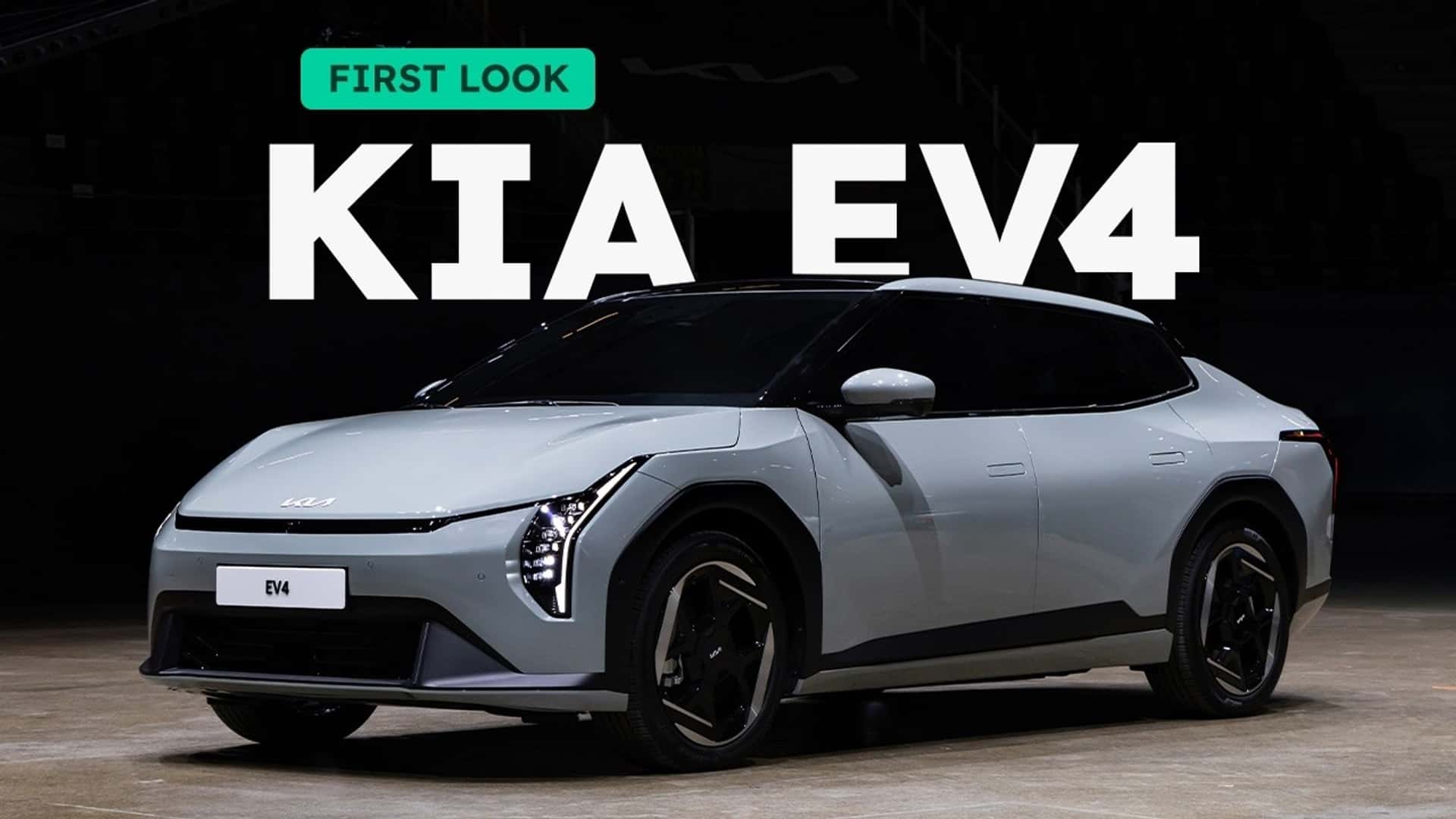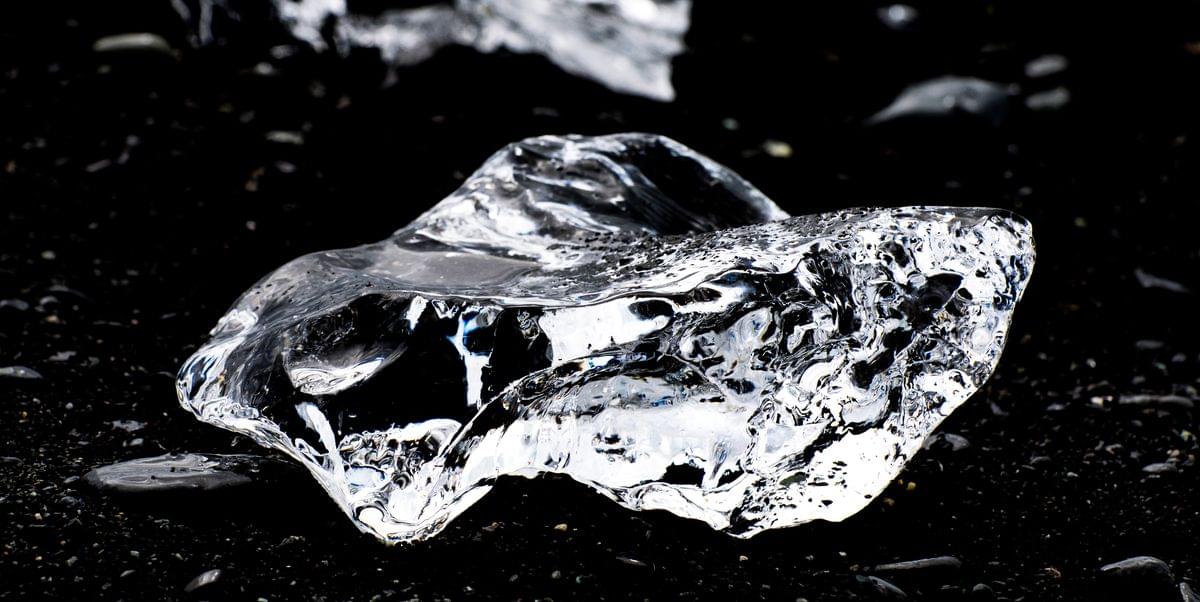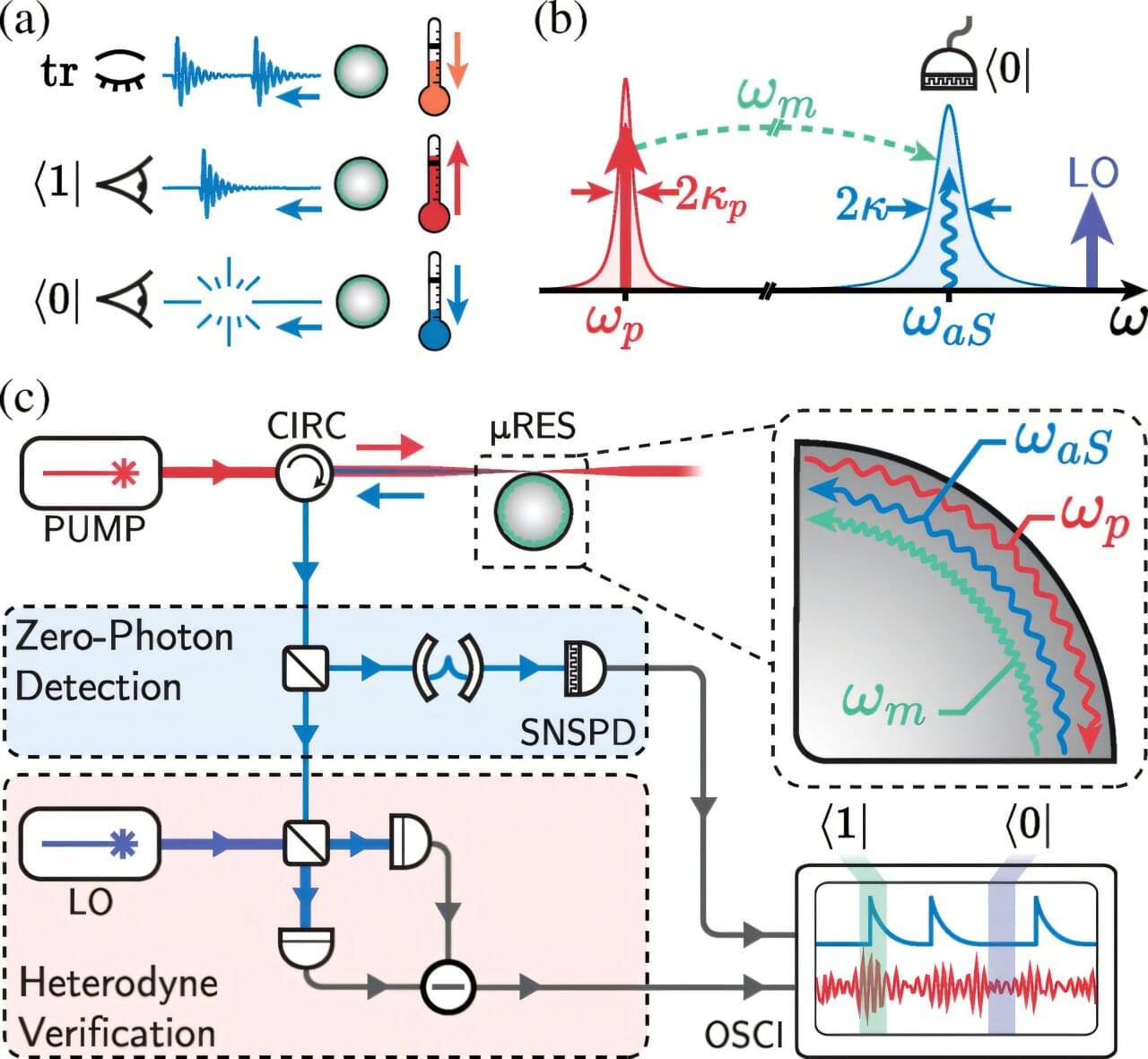Einsteins abandoned theory.
Requested URL must be a parsable and complete DynamicLink.
If you are the developer of this app, ensure that your Dynamic Links domain is correctly configured and that the path component of this URL is valid.


Year 2023 face_with_colon_three
In a unique study carried out in drinking water pipes in Sweden, researchers from Lund University and the local water company tested what would happen if chlorine was omitted from drinking water. The result? An increase in bacteria, of course, but after a while something surprising happened: a harmless predatory bacteria grew in numbers and ate most of the other bacteria. The study suggests that chlorine is not always needed if the filtration is efficient — and that predatory bacteria could perhaps be used to purify water in the future.
Just as human intestines contain a rich bacterial flora, many types of bacteria thrive in our drinking water and the pipes that transport them. On the inside of pipe walls is a thin, slippery coating, called a biofilm, which protects and supports bacteria. These bacteria have adapted to life in the presence of chlorine, which otherwise has the primary task to kill bacteria, particularity bacteria that can make humans sick.
An ordinary glass of drinking water contains a lot of harmless bacteria. Chlorine, however, which in the studied piping system was added in the form of monochloramine, is not wholly unproblematic.
HD 20,794D, a planet six times the mass of Earth, orbits a Sun-like star just 20 light-years away. Its presence was confirmed after years of meticulous analysis, overcoming the limits of detection technology.
Although it lies in the habitable zone, its elliptical orbit presents challenges in determining its true potential for life. Future telescopes may soon provide deeper insights into its atmosphere, making this one of the most exciting exoplanet.
An exoplanet (or extrasolar planet) is a planet that is located outside our Solar System, orbiting around a star other than the Sun. The first suspected scientific detection of an exoplanet occurred in 1988, with the first confirmation of detection coming in 1992.


DeepSeek, TikTok, CapCut, Shein, Temu, BYD, DJI, Huawei — Chinese technology is everywhere and in many areas the country is challenging the former high-tech powerhouses.
It’s all down to an ambitious plan China set out 10 years ago. The Made in China 2025 project vowed to turn China from the world’s factory to the world’s innovator.
And according to experts – they have largely succeeded. So how did they do it and what does it mean for the rest of the world and the future of technology dominance? Our Cyber Correspondent, Joe Tidy, explains.
00:00 Introduction.
01:18 Made in China 2025
04:07 Sanctions.
05:35 Reactions.
Check out more videos on AI & Technology, here 👉🏽 https://www.youtube.com/playlist?list=PLz_B0PFGIn4e0fyBwDLpcmhlvfBn6H0Qx.
Find more of the best BBC World Service documentaries you can watch in less than 30 minutes here ➡️ https://www.youtube.com/playlist?list=PLz_B0PFGIn4cI2qSy69-3UkgBWaXGHRrx.



NASA has significantly lowered the risk of near-Earth asteroid 2024 YR4 as an impact threat to Earth for the foreseeable future. When first discovered, asteroid 2024 YR4 had a very small, but notable chance of impacting our planet in 2032. As observations of the asteroid continued to be submitted to the Minor Planet Center, experts at NASA Jet Propulsion Laboratory’s (JPL’s) Center for Near-Earth Object Studies were able to calculate more precise models of the asteroid’s trajectory and now have found there is no significant potential for this asteroid to impact our planet for the next century. The latest observations have further reduced the uncertainty of its future trajectory, and the range of possible locations the asteroid could be on Dec. 22, 2032, has moved farther away from the Earth.
There still remains a very small chance for asteroid 2024 YR4 to impact the Moon on Dec. 22, 2032. That probability is currently 1.7%.
NASA will continue to observe asteroid 2024 YR4 with observatories funded by its Planetary Defense Coordination Office, and NASA’s James Webb Space Telescope will observe the asteroid in March to further gain insights about its size for scientific purposes.

Experiments coupling light and sound reveal the surprising effect that measuring nothing can cool the vibrations of an object.
We use measurements to understand the world around us. With our eyes and ears, we constantly infer the state of our surroundings through the sights and sounds that reach us, allowing us to navigate our daily lives. While these “measurements” often focus on observing the presence of something, the absence of something also provides valuable information.
Researchers spanning Imperial College London, the University of Oxford, the University of Waterloo, the University of Leeds, and the University of Copenhagen have used the absence of scattered light to cool the motion of a tiny glass bead below room temperature.